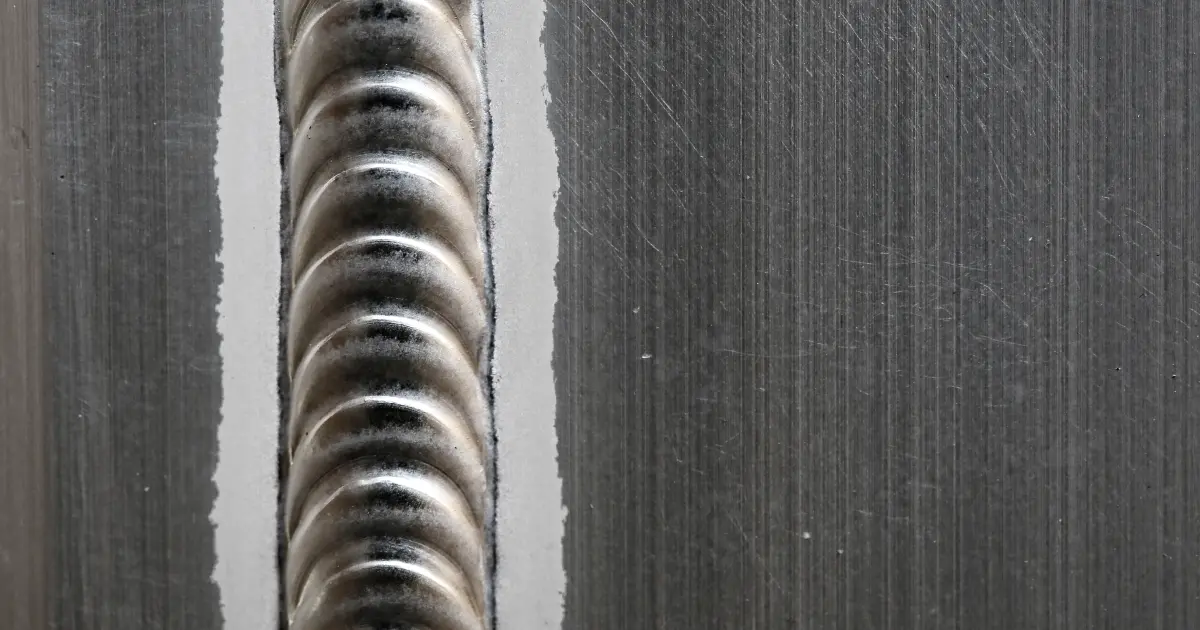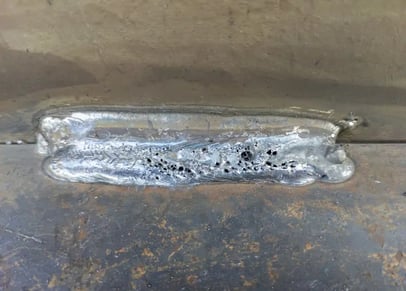The Scientific Research Behind Porosity: A Comprehensive Overview for Welders and Fabricators
Comprehending the intricate systems behind porosity in welding is vital for welders and producers aiming for remarkable craftsmanship. As metalworkers look into the depths of this sensation, they reveal a globe controlled by different factors that affect the formation of these small spaces within welds. From the composition of the base products to the complexities of the welding process itself, a wide range of variables conspire to either intensify or minimize the presence of porosity. In this comprehensive overview, we will decipher the scientific research behind porosity, discovering its results on weld high quality and introduction advanced methods for its control. Join us on this trip via the microcosm of welding blemishes, where accuracy satisfies understanding in the quest of flawless welds.
Recognizing Porosity in Welding
FIRST SENTENCE:
Evaluation of porosity in welding reveals crucial understandings right into the integrity and quality of the weld joint. Porosity, identified by the existence of cavities or voids within the weld steel, is a typical problem in welding procedures. These voids, if not properly dealt with, can endanger the structural stability and mechanical residential properties of the weld, bring about potential failings in the finished product.

To identify and quantify porosity, non-destructive screening techniques such as ultrasonic screening or X-ray examination are often utilized. These methods enable the recognition of inner flaws without compromising the honesty of the weld. By examining the dimension, shape, and circulation of porosity within a weld, welders can make enlightened decisions to boost their welding processes and attain sounder weld joints.

Factors Influencing Porosity Development
The event of porosity in welding is influenced by a myriad of aspects, varying from gas shielding efficiency to the ins and outs of welding parameter setups. Welding specifications, consisting of voltage, existing, travel speed, and electrode kind, additionally influence porosity development. The welding method utilized, such as gas steel arc welding (GMAW) or secured steel arc welding (SMAW), can influence porosity development due to variations in heat distribution and gas insurance coverage - What is Porosity.
Impacts of Porosity on Weld High Quality
Porosity formation significantly jeopardizes the structural stability and mechanical residential or commercial like it properties of bonded joints. When porosity is existing in a weld, it develops spaces or cavities within the material, reducing the total toughness of the joint. These spaces function as anxiety focus points, making the weld more at risk to breaking and failure under load. The visibility of porosity likewise deteriorates the weld's resistance to deterioration, as the caught air or gases within the spaces can react with the surrounding environment, causing deterioration in time. Furthermore, porosity can hinder the weld's capacity to endure pressure or influence, additional threatening the general quality and integrity of the welded framework. In essential applications such as aerospace, vehicle, or architectural building and constructions, where safety and security and toughness are paramount, the detrimental impacts of porosity on weld quality can have severe repercussions, stressing the importance of lessening porosity with proper welding techniques and procedures.
Methods to Minimize Porosity
To enhance the quality of bonded joints and ensure structural stability, welders and makers use specific techniques targeted at minimizing the formation of spaces and tooth cavities within the material throughout the welding process. One effective technique to minimize porosity is to guarantee appropriate product prep work. This includes comprehensive cleansing of the content base metal to eliminate any type of pollutants such as oil, oil, or dampness that can add to porosity development. Furthermore, using the appropriate welding criteria, such as the correct voltage, current, and take a trip speed, is critical in preventing porosity. Preserving a constant arc size and angle during welding additionally helps in reducing the chance of porosity.

Making use of the suitable welding strategy, such as back-stepping or employing a weaving activity, can additionally aid distribute warm evenly and decrease the chances of porosity development. By implementing these techniques, welders can successfully reduce porosity and generate premium bonded joints.

Advanced Solutions for Porosity Control
Carrying out innovative modern technologies and cutting-edge methods plays an essential role in attaining premium control over porosity in welding processes. One innovative option is using innovative gas blends. Securing gases like helium or a combination of argon and hydrogen can help in reducing porosity by giving better arc security and boosted gas coverage. Additionally, using sophisticated welding techniques such as pulsed MIG welding or modified atmosphere welding can additionally assist alleviate porosity problems.
Another advanced solution involves the usage of sophisticated welding devices. Making use of devices with built-in features like waveform pop over to these guys control and innovative power resources can boost weld quality and reduce porosity dangers. The implementation of automated welding systems with exact control over criteria can considerably minimize porosity flaws.
In addition, including innovative surveillance and assessment technologies such as real-time X-ray imaging or automated ultrasonic screening can aid in discovering porosity early in the welding procedure, permitting for prompt rehabilitative activities. Generally, incorporating these innovative solutions can significantly boost porosity control and improve the total high quality of welded parts.
Conclusion
To conclude, comprehending the science behind porosity in welding is vital for welders and fabricators to create premium welds. By identifying the elements affecting porosity development and applying methods to lessen it, welders can improve the total weld top quality. Advanced remedies for porosity control can better boost the welding process and ensure a solid and reliable weld. It is essential for welders to constantly inform themselves on porosity and apply finest techniques to accomplish optimum results.